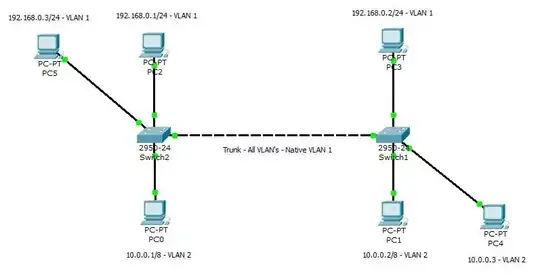In our building, we have 2, 6509 core switches, one for our company, and one for another. We have a vlan configured with a /30 which bridges the 2 switches. Both of us are on separate /16 networks. I have various /22 vlans configured within this /16, and so do they. Neither of us can "see" the vlans configured on each of our switches. In other words, I can have vlan 10 and they can have vlan 10 configured.
I have a vlan configured on this switch that I need them to be able to see. Its for a voip system that's being implemented across the two companies. This vlan includes dhcp helper addresses for a specific scope that I created for the voip phones. For us, it was just a matter of adding the "switchport voice vlan XX" to the ports, and the phones pickup the IP's, not so much for them. So, what would be the way to get their network on this vlan? Or do I have them create a new vlan on their switch, I setup a scope with the network they choose, and they add our helper addresses?
